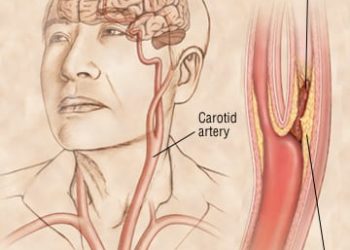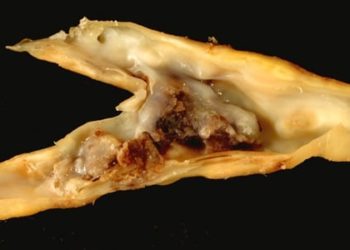Quick Take: Risk Prediction Tools to Improve Patient Selection for Carotid Endarterectomy Among Patients With Asymptomatic Carotid Stenosis
Carotid endarterectomy (CEA) is an effective tool for revascularization in patients with carotid artery stenosis. However, in the setting of asymptomatic stenosis, careful risk-benefit analysis is needed in determining whether the long-term benefits of revascularization outweigh the short-term risks of the procedure. In this cohort study, 2325 veterans age 65 years and older that received both carotid imaging and CEA in the Veterans Administration (2005-2009) were followed up and analyzed to develop a tool that allows for patient selection in those with asymptomatic carotid stenosis. Researchers found that the 5-year mortality rate after CEA was 29.5% in this cohort. A risk prediction tool, the Carotid Mortality Index (CMI), using 23 variables was developed and evaluated. Additionally, a simpler tool with only four variables, congestive heart failure, chronic kidney disease, any cancer in the past 5 years, and chronic obstructive pulmonary disease, was evaluated. The area under the curve (AUC), a measure of discrimination, was used to assess the models. The CMI had an optimism-corrected AUC of 0.687 while the simpler model had a result of 0.657. Both had acceptable calibration curves, another measure of discrimination. Investigators therefore concluded that both of these tools could be used to improve selection of patients for CEAs in those with asymptomatic carotid stenosis.
Click to read the study in JAMA Surgery
Image: PD
©2019 2 Minute Medicine, Inc. All rights reserved. No works may be reproduced without expressed written consent from 2 Minute Medicine, Inc. Inquire about licensing here. No article should be construed as medical advice and is not intended as such by the authors or by 2 Minute Medicine, Inc.






